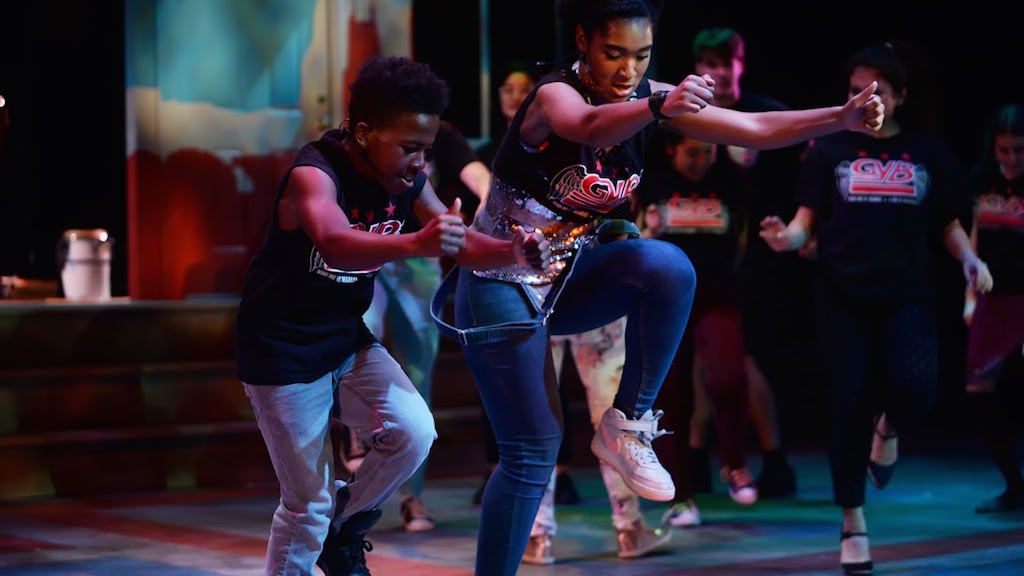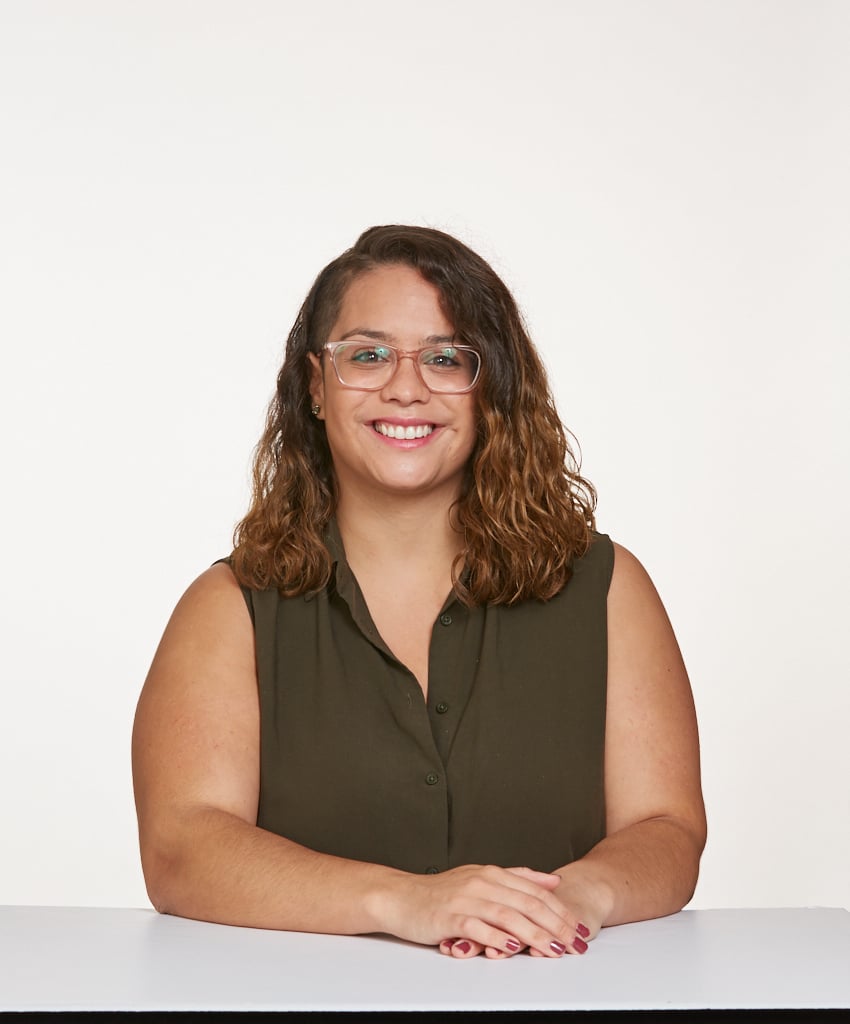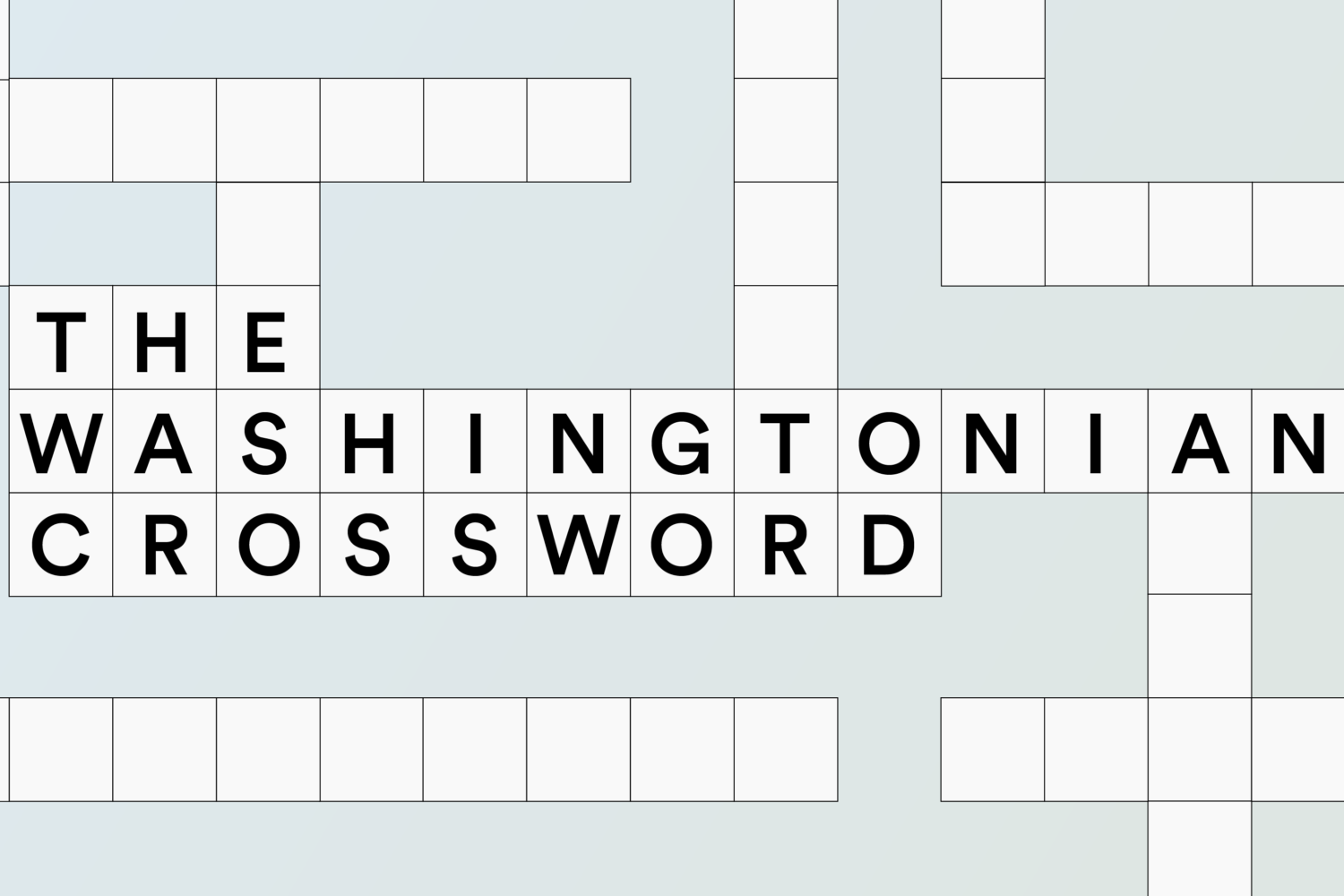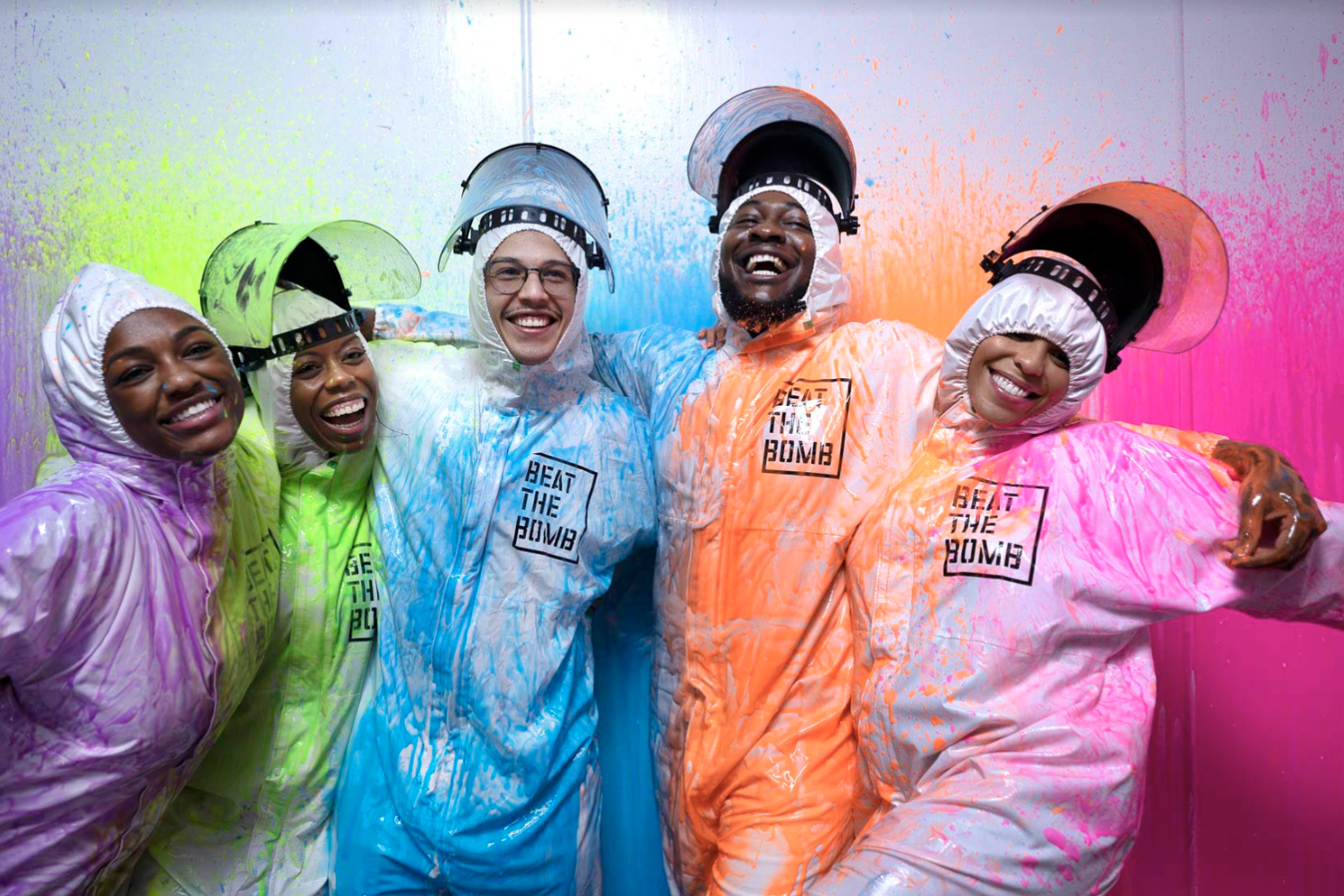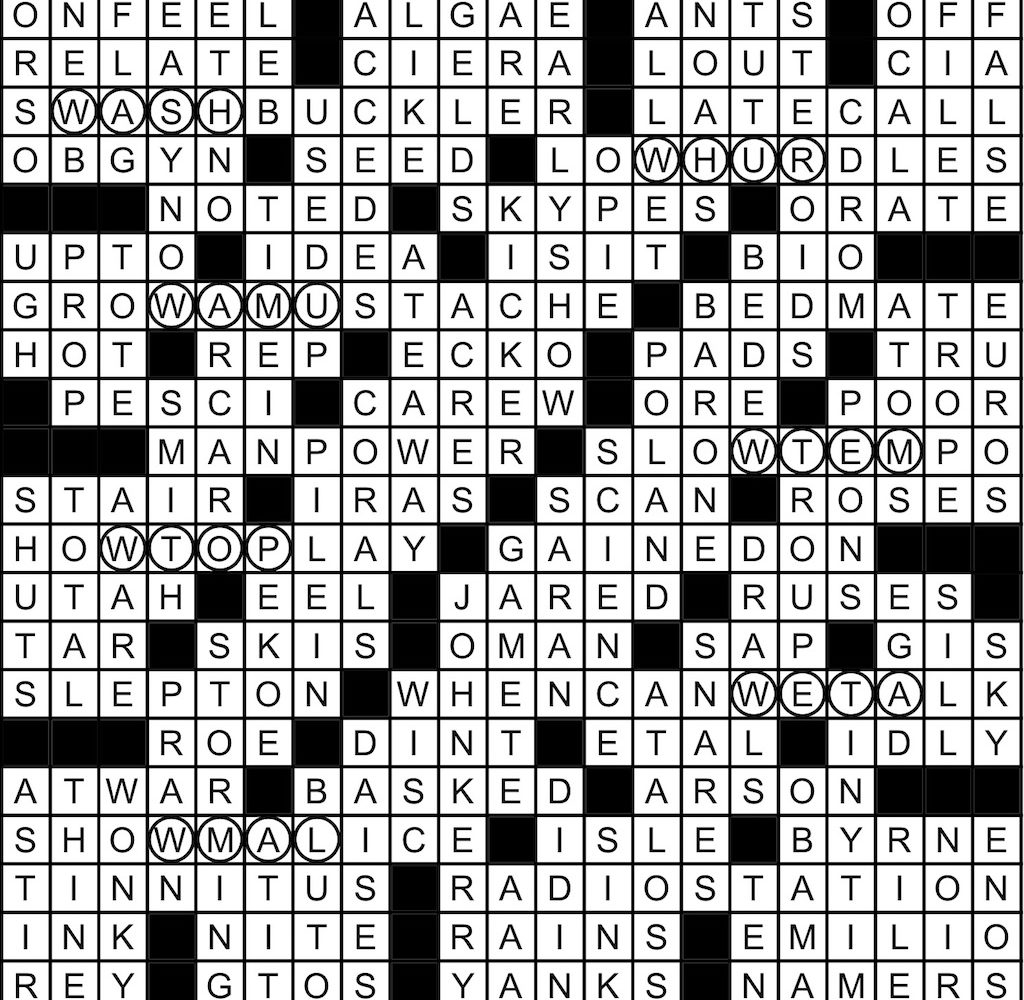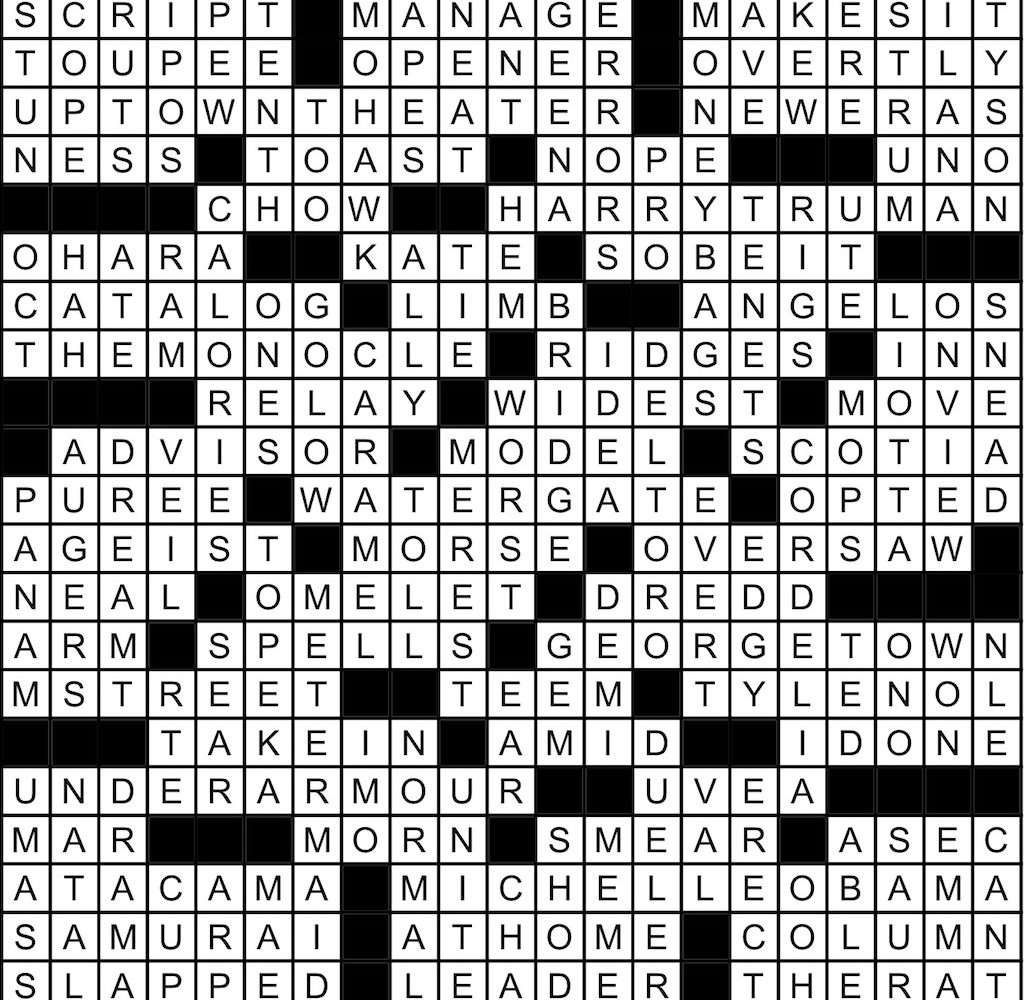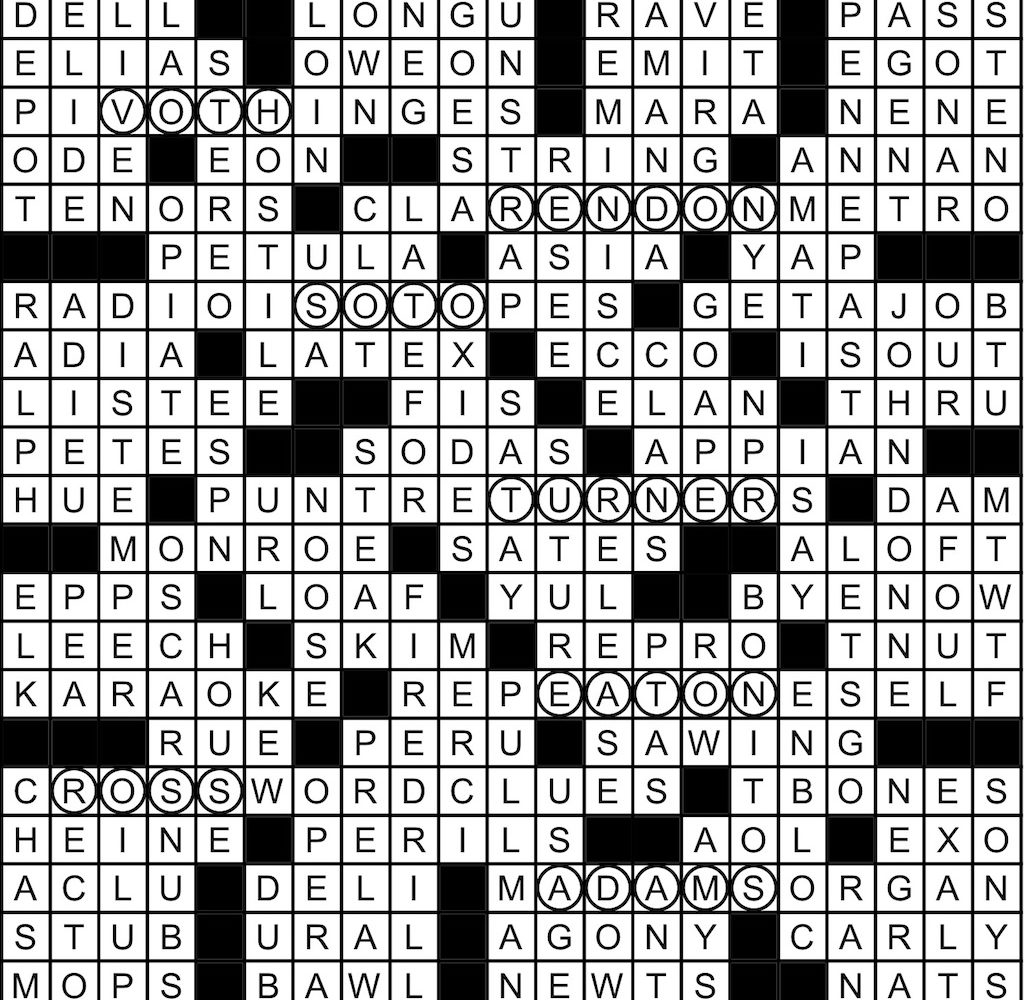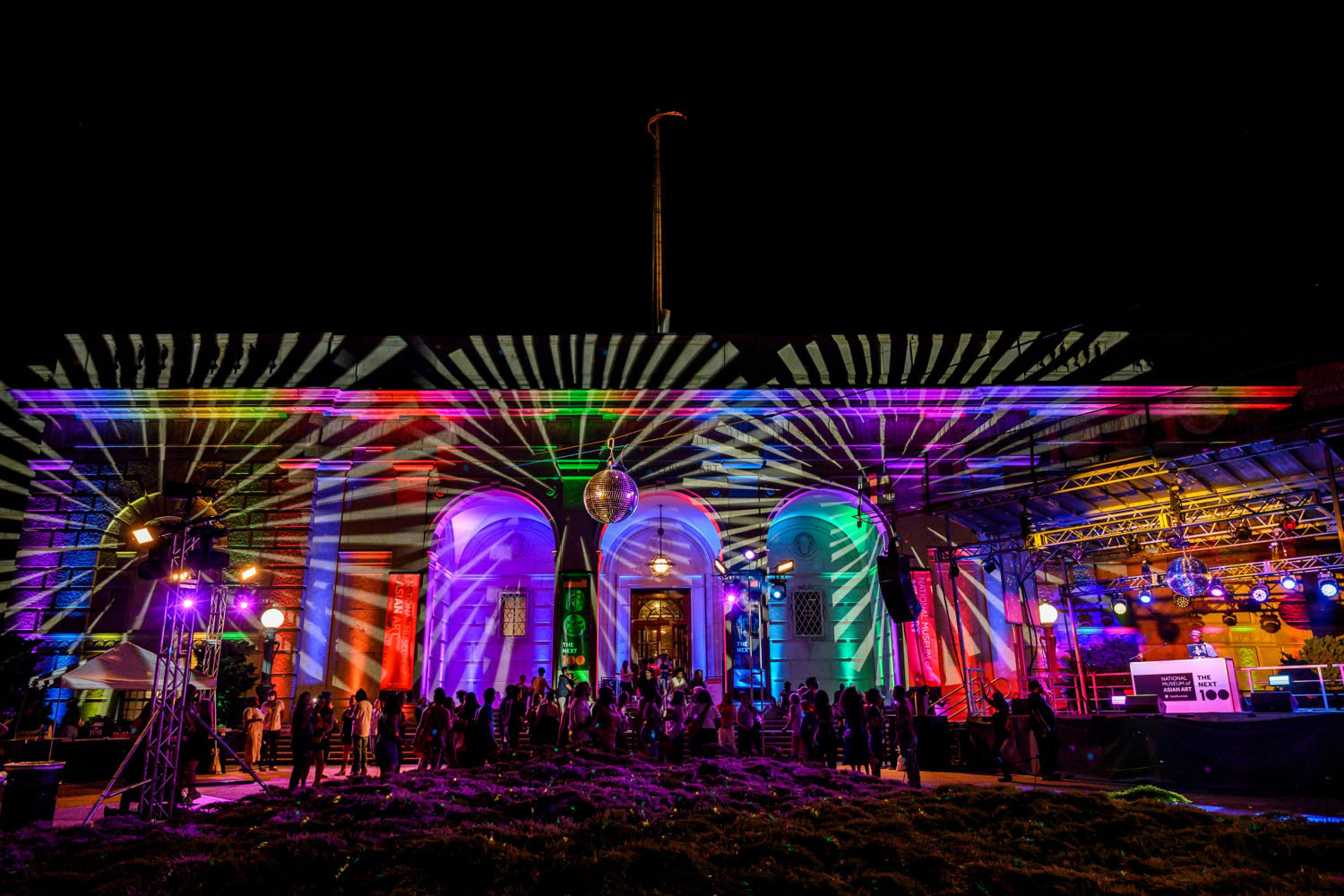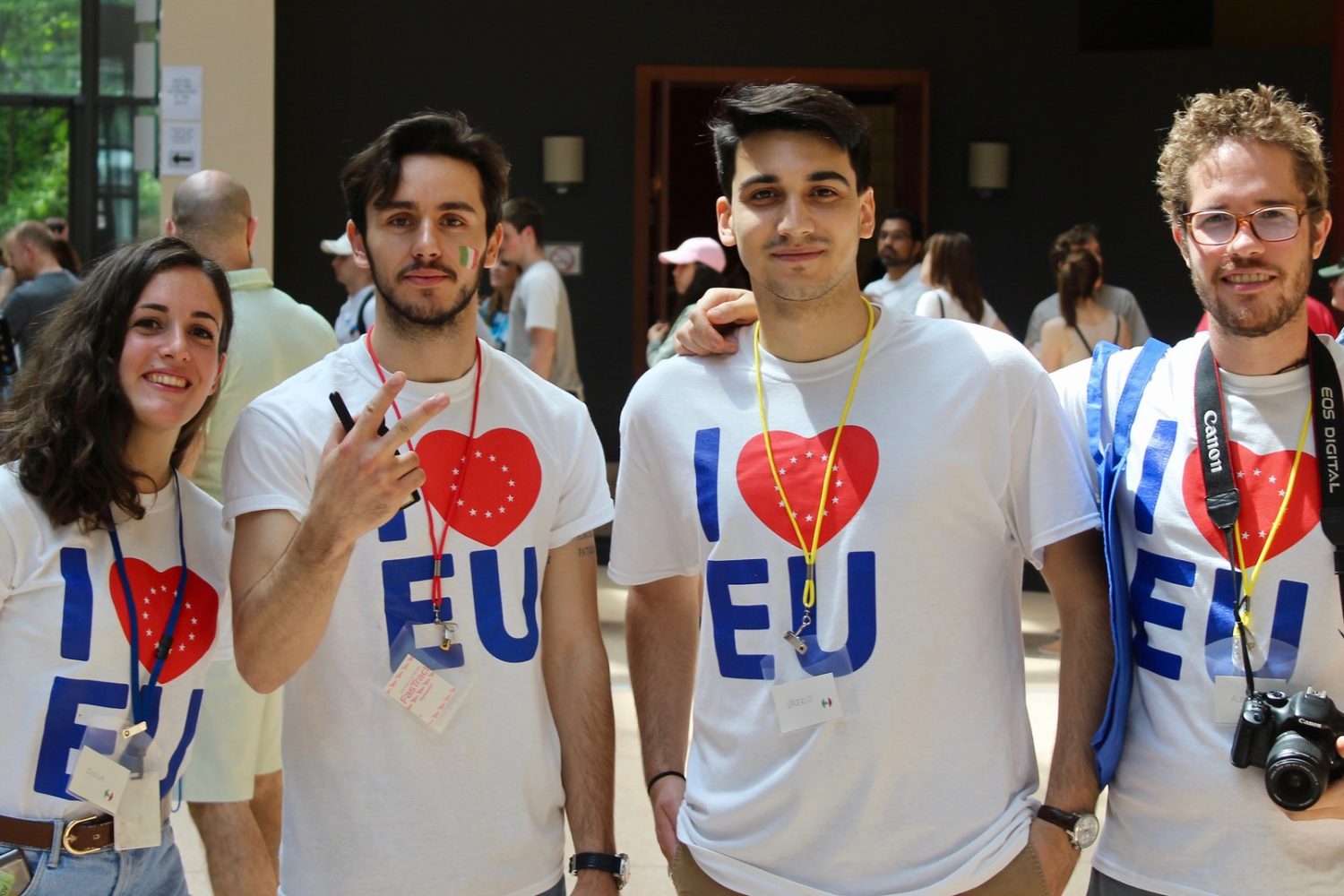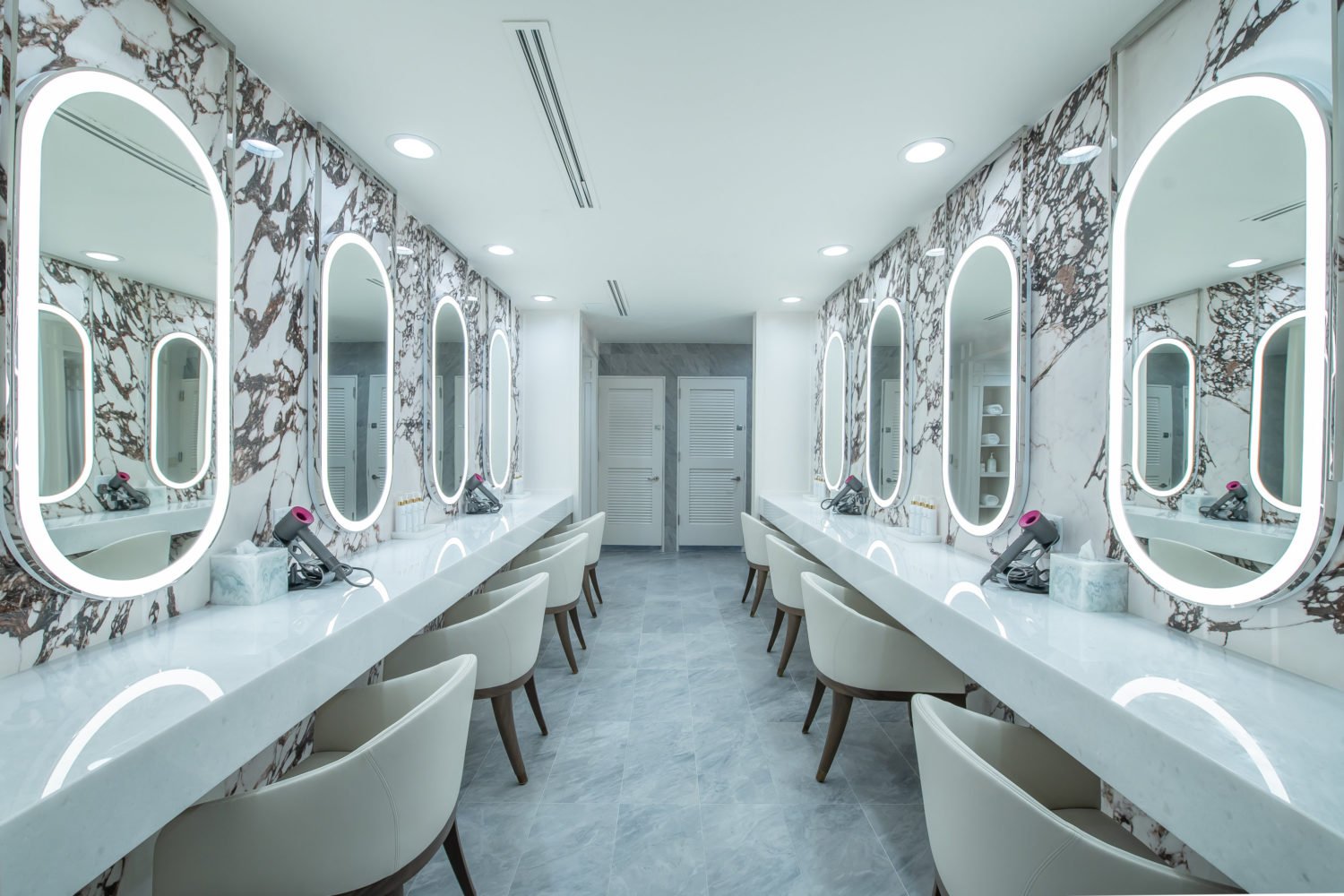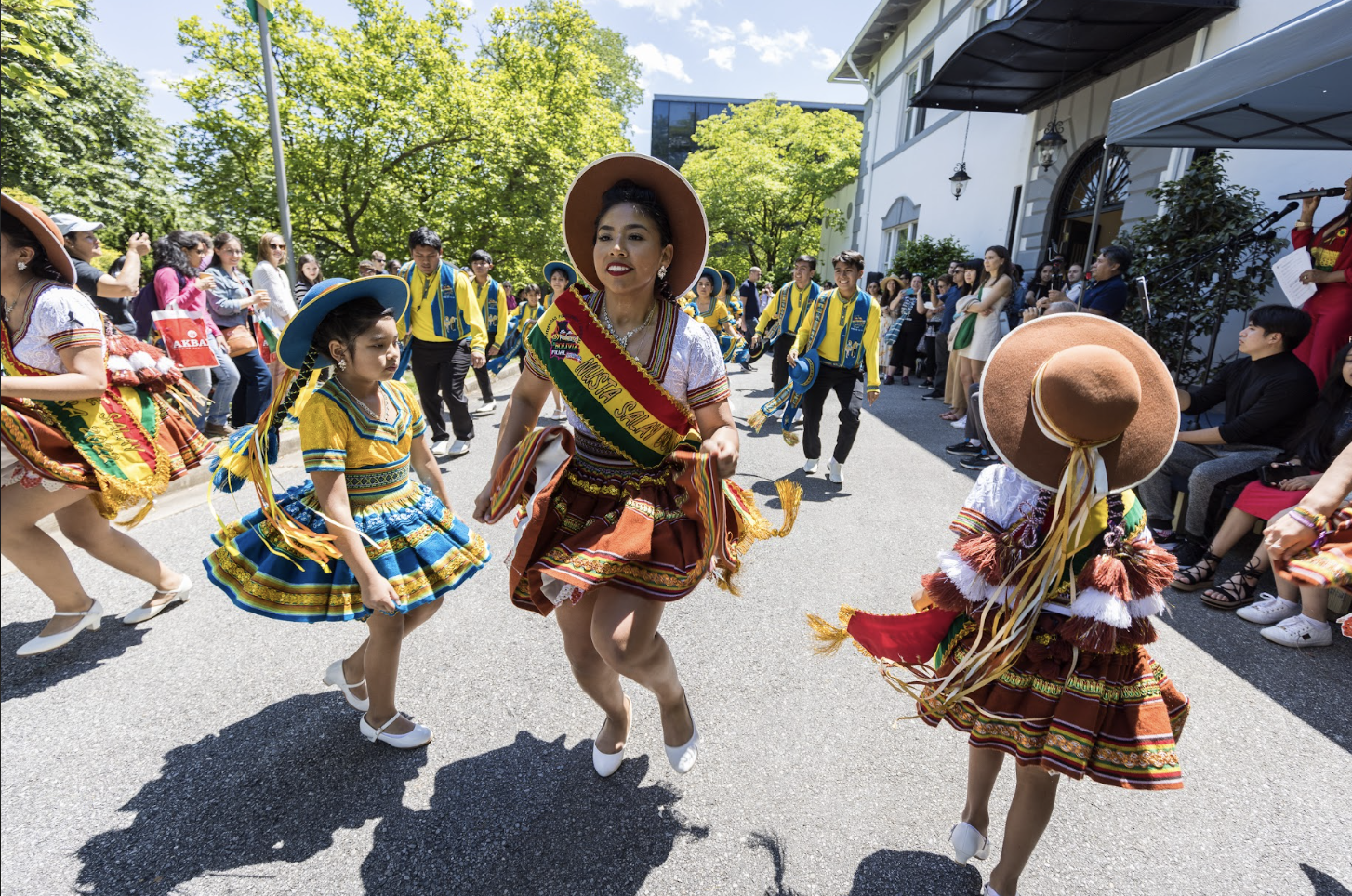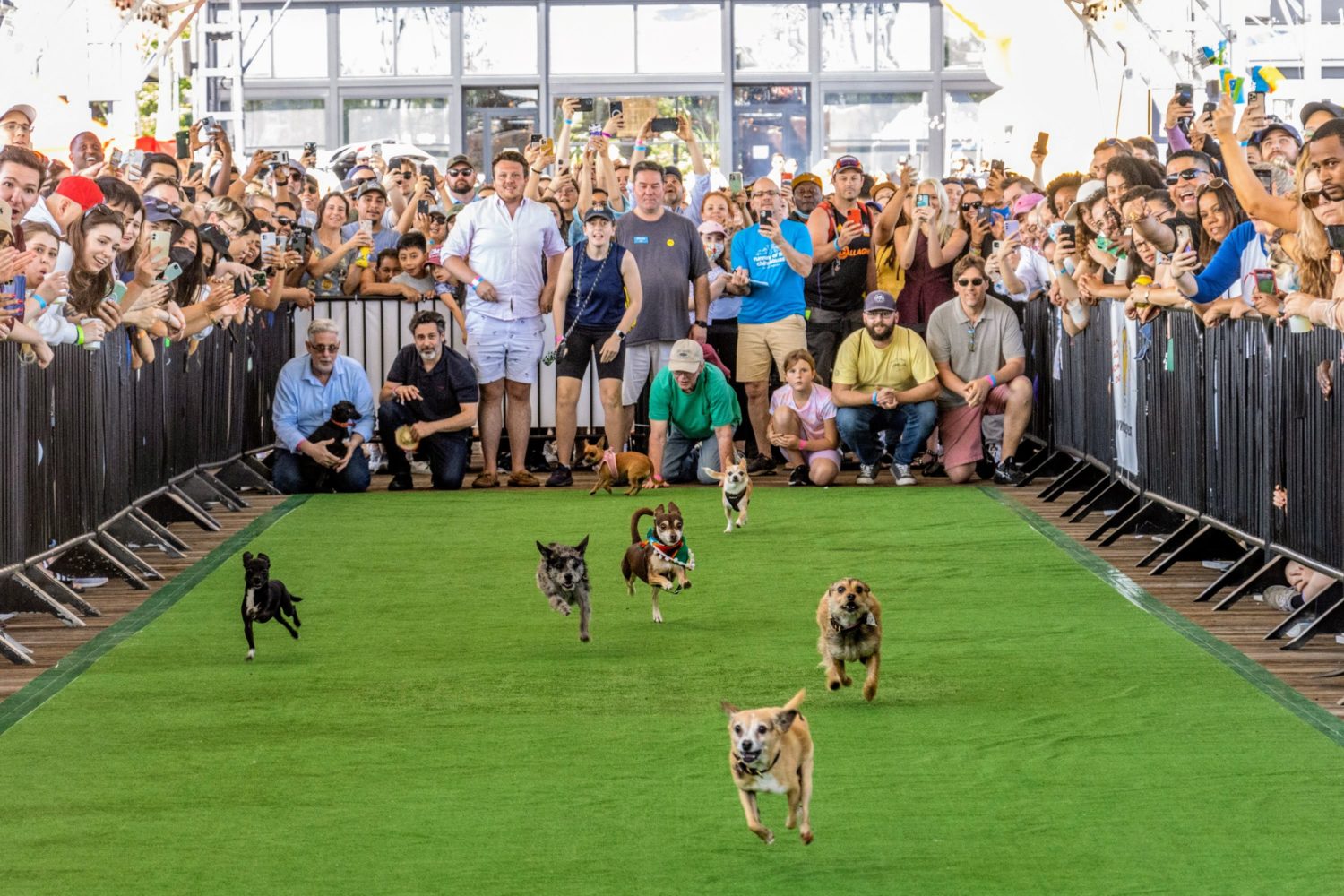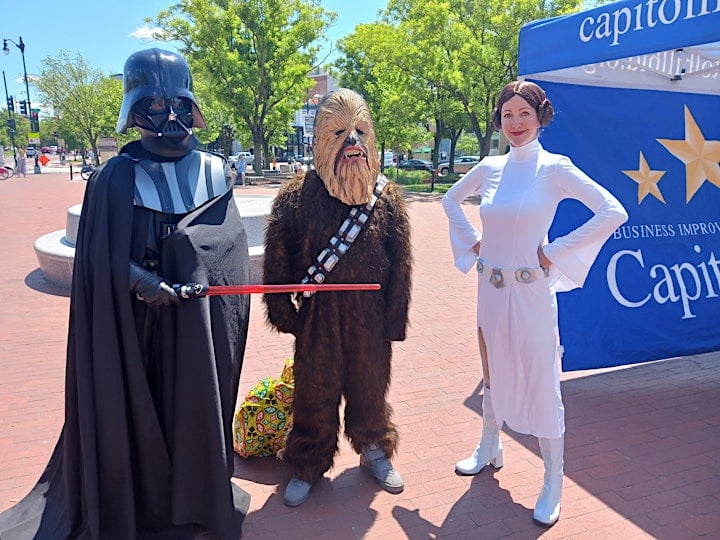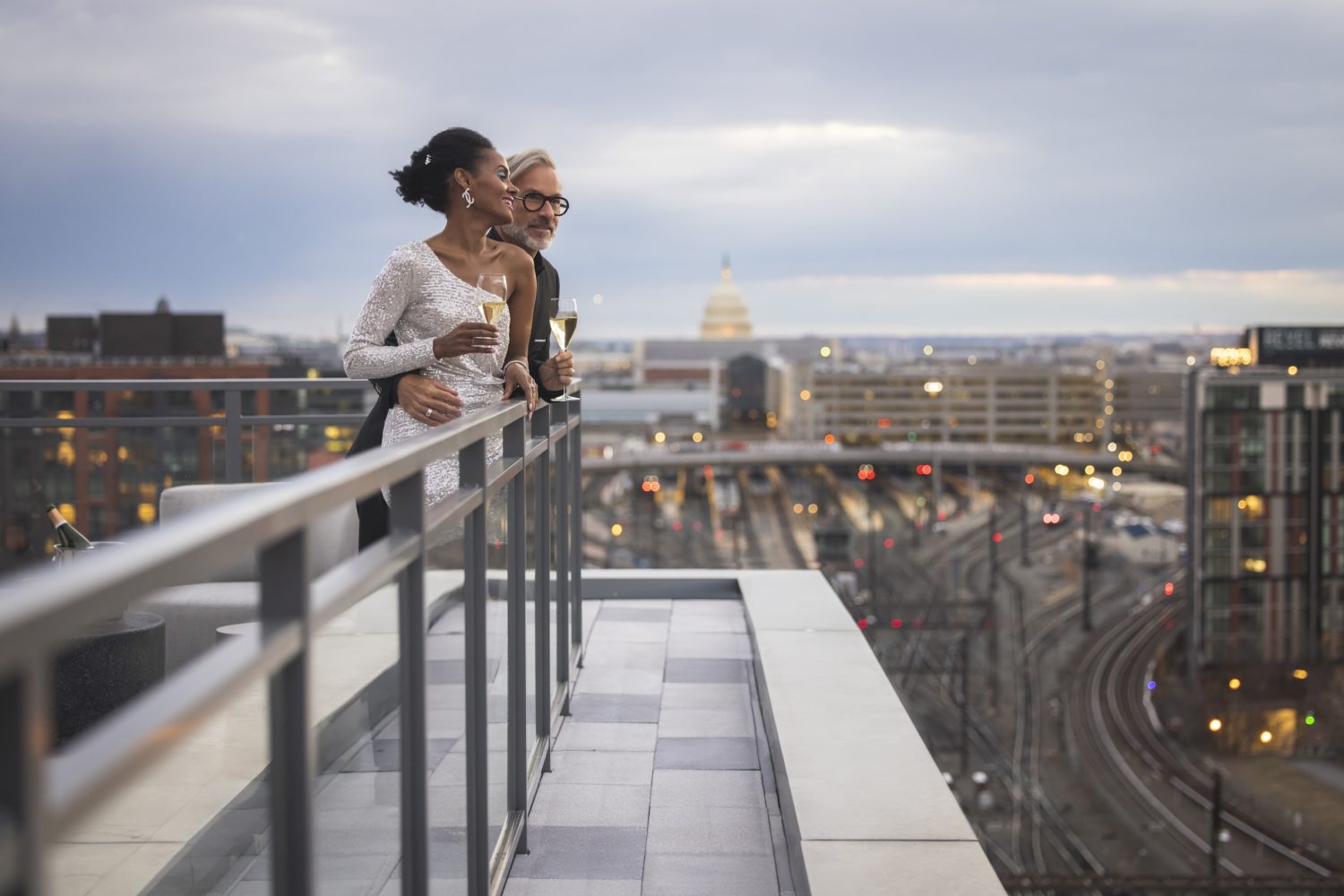The first ever go-go musical is here and it’s at…Georgetown University, of all places. Georgetown professor Natsu Onoda Power and go-go musician Charles “Shorty Corleone” Garris came together to create this upbeat, feel good performance called Wind Me Up, Maria! It even includes a song about SAT test prep and a go-go rendition of the Georgetown Alma Mater. Power and Garris sat down with Washingtonian on their opening weekend.
Natsu, what brought you to Georgetown? How did you first hear about go-go?
Power: I grew up in Japan and I went to school at Northwestern. I went there for my undergraduate and PhD in theater and performing studies. This was the first job I got out of graduate school, teaching at Georgetown, so that’s how I moved here in 2005. I was running a theatre company in Chicago while I was in grad school called Live Action Cartoonists, so I was scheming to go back to Chicago my first two years until I learned about go-go and I decided to make DC my home. Well, and I also met my husband–who introduced me to go-go. My husband is a chef, and his restaurant used to be in a hotel, and at the hotel they used to have go-go shows. He was managing the bar, and he really like the music. So the promoter gave him all of these CDs. I heard [the music] in his car, and I loved it immediately, and we started going to shows. Go-go has been inspiring for me in my own work as well; it represents the kind of theater I want to make. Non-stop, high energy, fast paced–every new thing is more exciting than the last–and the audience and performers craft the experience together.
Shorty, what inspired you to become a musician?
Garris: Rare Essence and Michael Jackson. As a kid I would go with my older uncles and I would sneak into to see Rare Essence. And I said, “That’s what I want to do. I want to be on that stage.” It’s a dream come true; I was able to accomplish that. I wanted, of course, to be a recording artist and be signed to a major label; I did that at 14 years old, so that was exciting. This has been an ongoing musical journey.
How did you two meet?
Garris: This was two and a half years ago. We met through Tom, [Power’s] husband. I was doing a gig on ninth street about maybe three blocks up from the restaurant–Baby Wale–and after the gig, me and some of the guys were trying to find some food. We were exploring the neighborhood and there was one place that was open, and that was Baby Wale. When we got in there, I saw these go-go posters in this restaurant and I was like, “Okay, wait a minute, this doesn’t seem real. But it is?” So we went in and sat at the bar and he was playing go-go music. That blew us away. We got comfortable real fast, we were in our element and after talking with the bartender he told me that the owner goes to go-go shows all the time. I said, “I have to know him.” Then I looked to the right and in the kitchen is Tom. He comes over, we have this big laugh and that was the start. He told me about his wife and how she does plays.
Power: I remember getting a text from Tom saying, “Shorty Corleone in the house!” and I was like “What house?” He said “Baby Wale” and I was like, “WHAT!”
Who came up with the idea?
Power: It was my idea to do the musical, but Shorty had separately been working on other projects that aligned with it, so we both had vocabulary, like, groundwork already before we started working on the project.
When did you start working on it?
Power: This spring. It went through many phases because it’s a new musical, we had to build it ground up. The first step was kind of getting to know each other’s work a little bit too, because I had only known Shorty’s work from Rare Essence and a TV series. We shared some interests and we just started bouncing off ideas. I made an outline which I built around a rough plot but also excuses to use some of the go-go classics. For instance, I wanted to use “Run, Joe,” so there needed to be a scene in which a person named Joe is running. Shorty had some great songs about nutrition and I wanted to use it in the show. I quickly learned Shorty’s a really inspiring educator, so I found that that was a common interest, so the show had to have that element in it. The audience is going to be really mixed, I knew that from the get-go because there’s Georgetown students who’ve never heard of go-go even and hopefully people around town who go to shows all the time. So we needed to educate the audience about go-go and how to enjoy it. The story had to be about somebody teaching other people about go-go so what’s happening on stage is also happening in the audience. The script underwent many changes, it’s still being adjusted. I’m writing for this specific ensemble. We have an amazing, eclectic ensemble of Georgetown students, professionals, and young performers, and I just wanted to make something to showcase their talent.
The ensemble is made up of Georgetown students, professional musicians, and young children. Coming from such different backgrounds, what were the dynamics of the group?
Power: Oh my God, it’s the best part of the process.
Garris: I called in some favors of some musician friends of mine–I called in a lot of favors. I was able to get an original band member from Rare Essence, Mark “Godfather” Lawson, who’s on keyboards. He’s a genius.
Power: The group dynamic has been the least of our problems, which is magical. It just happened and it’s a lovefest.
Garris: It was synergy. Each tier that we accomplished felt good. You didn’t dread coming to work on this project. You were excited to get that composition and/or that scene completed and get other folks to weigh in with their artistic thoughts and views in order to have the best piece to support the play. That’s how it’s been from the Georgetown students, the music pros, and Natsu’s team.
The younger performers are from Capital Kidds. How did that start and how did you both incorporate them into “Wind Me Up, Maria!”?
Power: It’s a group of young children that Shorty organizes. It started as an afterschool enrichment program. Shorty teaches them about music and performance. I thought it was really interesting, I went to visit Shorty at the studio to see what they talk about and how they behave, I went for research to inspire the dialogue in the script. I just immediately fell in love with them and wanted to put them in the show and started writing scenes about them. So the conceit is that Georgetown students are supposed to be mentoring them, but really they are also mentoring Georgetown students! In music, professionalism, work ethic, it’s been a really inspiring process.
Garris: These kids are amazing. If you have an opportunity to see the play, these kids sell the play. They’re just remarkable, that’s our future young stars that are going through I wanna call it the “Artist’s Bootcamp” and learning from Natsu about theatre is truly a blessing for these kids to take part in this project.
What have been your biggest challenges?
Power: But also, challenges have been productive challenges, like really great challenges actually. We’re mixing such different cultures together, right, and then there are uncomfortable moments. For instance, over the summer…So one of the things that’s kind of uncomfortable and also productive is that…Shorty came to see my show in Boston over the summer and we’re sitting at this restaurant and we were talking about “So what about all these n-words in the songs?” Like it’s really uncomfortable for me. But then [Shorty] was like, “Well you know, these kids are from the hood, it’s really like endearment, ‘What’s up my N,’ but then you know, it’s Georgetown students saying these words, it means something different. And so we wrote a scene around it to address that problem on stage. I think we dealt with it in a really fun, witty way and I hope people enjoy it and also think about it. Another thing was same-sex couples in the plot.
Garris: Just making sure that we support all cultures and everybody’s personal opinions on their lifestyle but not falling short of the message in the play and I think we were able to still deliver the overall end result that we wanted.
Why Georgetown?
Power: Why not in Southeast DC? Because Georgetown is the environment that I comfortably know and students know, we cannot represent southeast DC. Students are not equipped to do that.
Garris: I’m bringing the music from Southeast to Georgetown and we’re merging that whole chemistry.
Power: Yeah, so it’s about go-go encountering Georgetown and Georgetown encountering go-go. It’s a new story that happens in that encounter.
Garris: Go-go lovers understand and know the backstory but we’re selling a new story. From my knowledge of go-go being in Georgetown it was the place, like the small shops on Wisconsin, you could get in and get out. Get your gear and get ready to go to the show. If you had a suit and needed to get it altered, you knew you could come down and be out in 45 mins. This was always the talk, “We gotta get to Georgetown and get ready for the show.” Some of the shops you can still see pictures of all the go-go artists that frequent these shops as well.
Wind Me Up, Maria! is showing at the Davis Performing Arts Center at Georgetown University November 3-6 and 10-12. Tickets are $18 and you can purchase them here.

